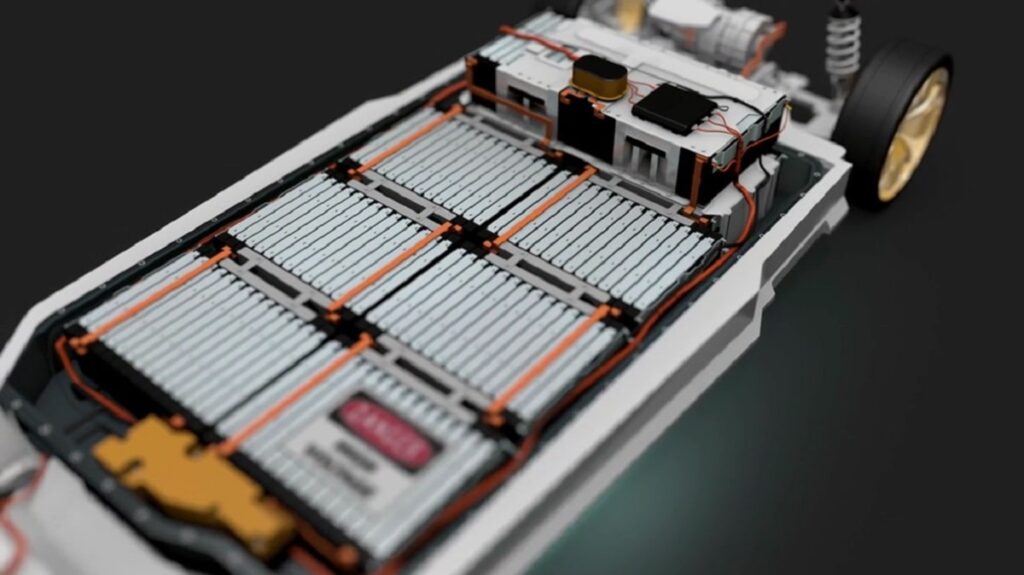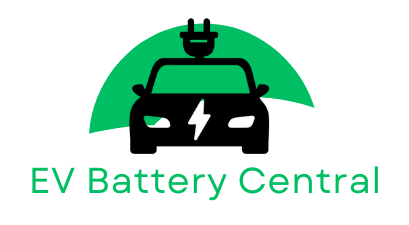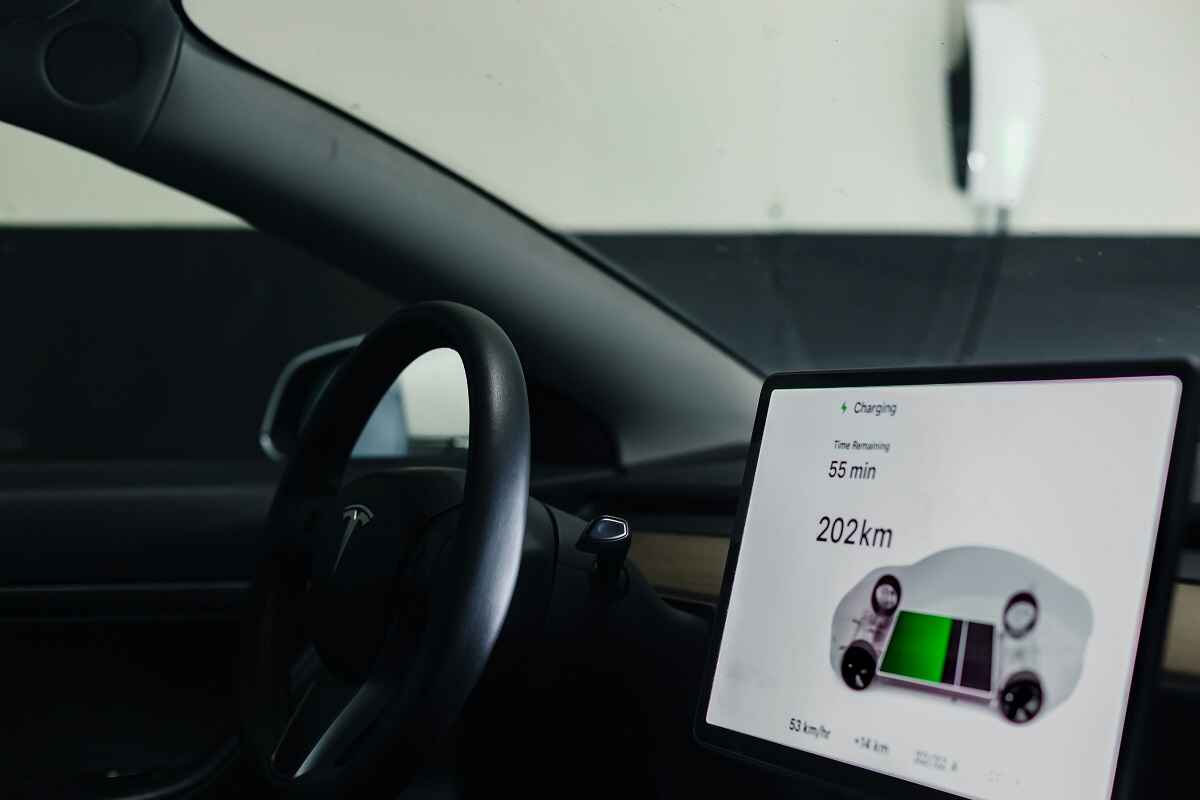Electric vehicles (EVs) are the evolution towards a greener and more sustainable future, offering a convenient and reliable mode of transportation. However, despite their advantages in reliability, cost-efficiency, and performance, a few things raise concerns and battery issues being one of the most significant.
Imagine planning a road trip only to find your EV’s battery isn’t holding a charge as it should—frustrating, right? Understanding these issues can help you avoid such situations. This blog covers the most common problems with electric car batteries, their causes and preventative measures.
Table of Contents
ToggleWatch This: How to Maintain Your EV Battery for Longevity
In this short video, we cover essential EV battery maintenance tips to help you get the most out of your battery.
After watching the video, continue reading for more detailed tips and in-depth information.
EV Battery Problems: Causes and Symptoms

Battery problems can arise from various factors, some of which may already be familiar to you. In case the thermal management system fails to function properly or internal cells encounter a manufacturing defect. Additionally, the battery pack gets damaged internally or externally due to some accident or chemical corrosion. Below are other reasons you can check.
Most of the time in conventional vehicles the issues are raised due to the mechanical moving parts as they get wear or tear. However, in EVs, everything is technologically evolved and expected to be less vulnerable. Still, the EV battery problems persist here. Let’s have a look here:
1. Faulty Seals are Big Problems
Faulty seals may allow water to enter the battery pack, potentially causing serious damage. If you want to keep your drive safe and convenient don’t use faulty seals to stop the water. Many Tesla drivers have reported that these seals have encountered unpleasant noise.
2. Degraded Battery Life
Battery is the core component of the EVs and if its life drops or capacity comes down you can’t plan drives. Generally, the battery lasts for 8 to 12 years. Yet due to excessive exposure to extreme temperatures and improper charging habits, EV batteries may degrade faster. Alternatively, the battery power gets affected if you don’t charge it in the right way. For detailed tips on maintaining your EV battery, check out our guide on EV Battery Charging Best Practices.
3. Due to Climate Control Systems
Many EV car owners install climate control systems to improve the car’s efficiency. However, the result is negative as these systems often operate at low ambient temperatures, which can significantly impact battery range. Learn more about how weather impacts battery performance in our article on EV Battery Life in Cold Weather.
4. Fire Events
Fire problems with electric car batteries have not been encountered in big numbers yet it’s better to be cautious. As per the data reports, most non-EVs cars catch fire due to excessive heat generated by engines and lithium-ion batteries also consume heat. So the car dealers and firefighters recommended letting the car adjust to the normal temperature before planning the next drive. As the risks are everywhere so there’s nothing wrong with waiting for a while.
5. Additional In-car Failure Events
Doors, windows, or any other EV components can encounter faulty events and make the car owner anxious. At such times dealers officially recall cars to do mandatory fixes. Sometimes the sensors stop working or the software also gets outdated which also causes problems. Be careful and pay attention to each small and big unexpected or unusual event to avoid any big risks.
Recognizing Symptoms of EV Battery Problems
Keep an eye on red warning signs displaying the Electric Vehicle battery issues.
- ⚠️ Infotainment System Alerts: The Infotainment System may also notify you about the potential underlying battery issues of EVs. It can impact the electrical system badly.
- 📉 Decreased Driving Range: Are you noticing a drop in the driving range than usual? It is the primary sign of battery degradation.
- ⏳ Slow Charging: Is your EV taking too long to charge and still failing to hold it to cover long miles? Power and range fluctuation is also a warning.
- 🔥 Unusual Heating: Is it producing unusual battery heating? Attention!! It’s a red signal.
Adopt the Preventative Measures to Avoid EV Battery Issues
Being mindful of preventative measures may drop the problematic events and eliminate the frequent maintenance visits to fix electric car battery issues. Here’s a quick checklist to follow:
- ✅ Avoid Fast Charging: Don’t prefer fast charging systems just to save a few hours. AC charging is still the best practice.
- ✅ Moderate Climate Control Use: No need to excessively use the climate control systems to park the vehicle where the temperature is moderate.
- ✅ Charge Smartly: For the optimal use of battery don’t let EV battery down to 20% or over 80%.
- ✅ Stay Updated: Keep the software updated with the latest releases to efficiently use the best features.
Enjoy efficient and enjoyable drives keeping all these things in mind and proactively plan the trips with the right approach.
Conclusion
EVs represent a significant evolution in automotive technology, offering greater efficiency than gasoline vehicles. Still, it’s encountered some common electric vehicle battery problem. Thus it is recommended to schedule the complete periodic inspection of your EVs to the nearby checkpoints to fix the potential risks. Get aware of battery health, and its warranty coverage and make your drive more enjoyable for a long time.
If you found this article helpful, share it and leave your thoughts or questions in the comments below!
FAQs
Check the manuals to troubleshoot the problems by yourself. If you are unable to fix it consult the dealers or EV service centers for diagnosis, repair, and warranty coverage.
A few of the areas encounter troubles like noises/ leaks, drive systems, climate systems, power equipment, components, hardware or software, in-car electronics, etc. it is significantly less as compared to the ICEs.
In the US, the government has defined an act to manage vehicle safety and reduce the environmental impact. They have formed an authority body that is responsible for reviewing whether or not the vehicle complies with federal road safety standards and laws. With that, they aim to force a recall, notify the owners of unfit vehicles or encountering safety defects, and plan immediate maintenance and inspection.

EV Battery Central is your trusted source for EV battery insights. We provide expert guidance on battery maintenance, recycling, replacement costs, and innovations in electric vehicle technology. Our mission is to empower EV owners with actionable information to make informed decisions.

